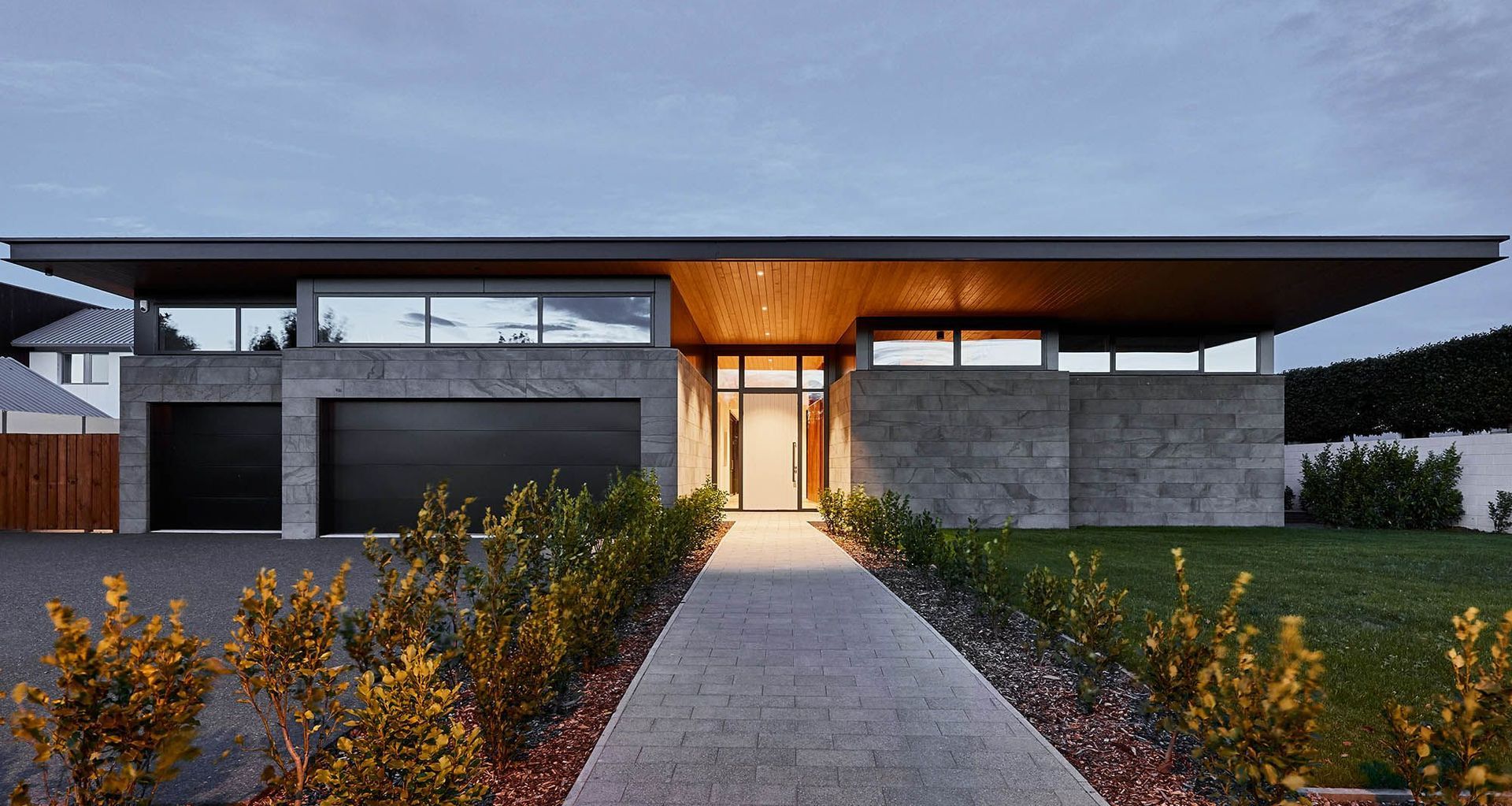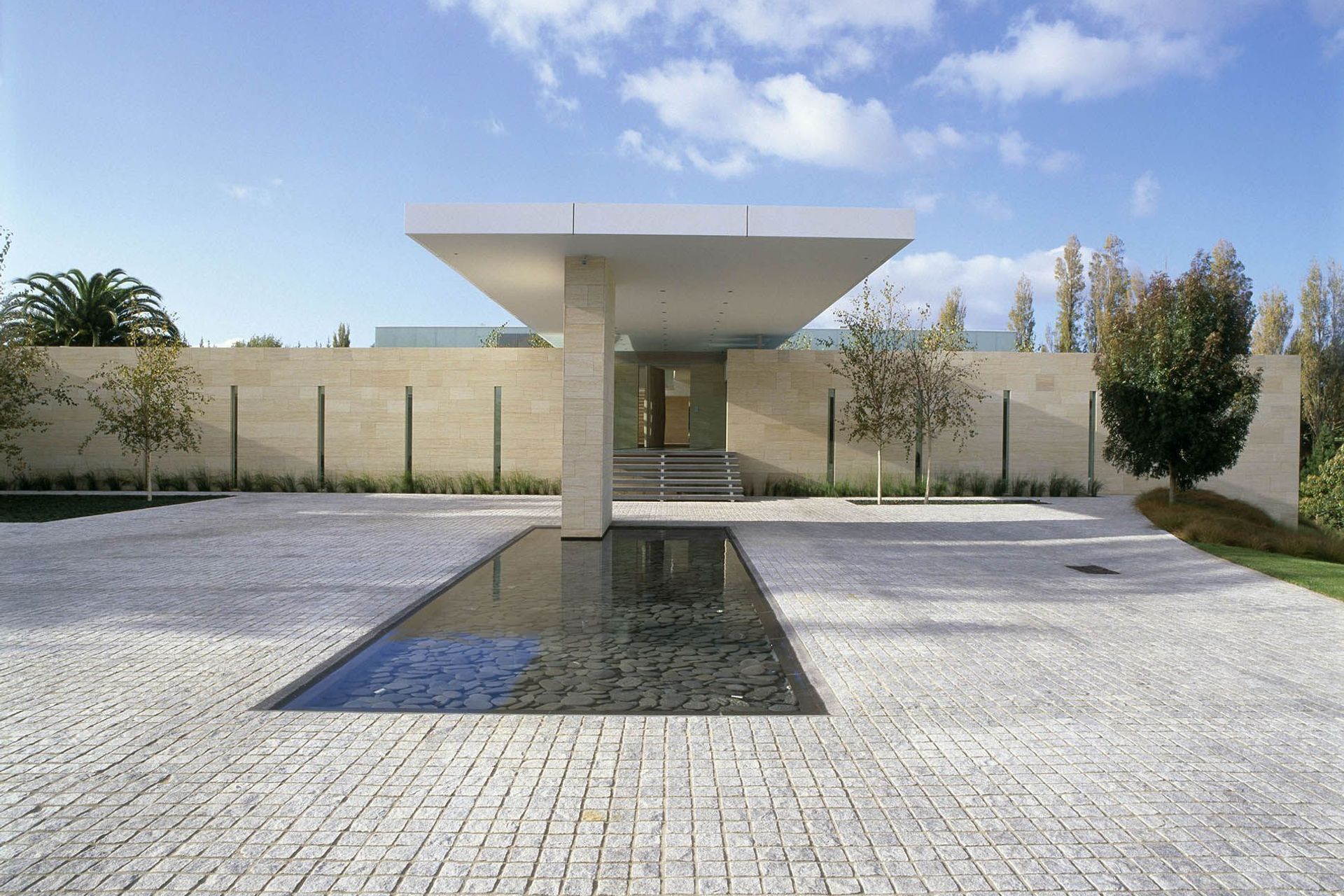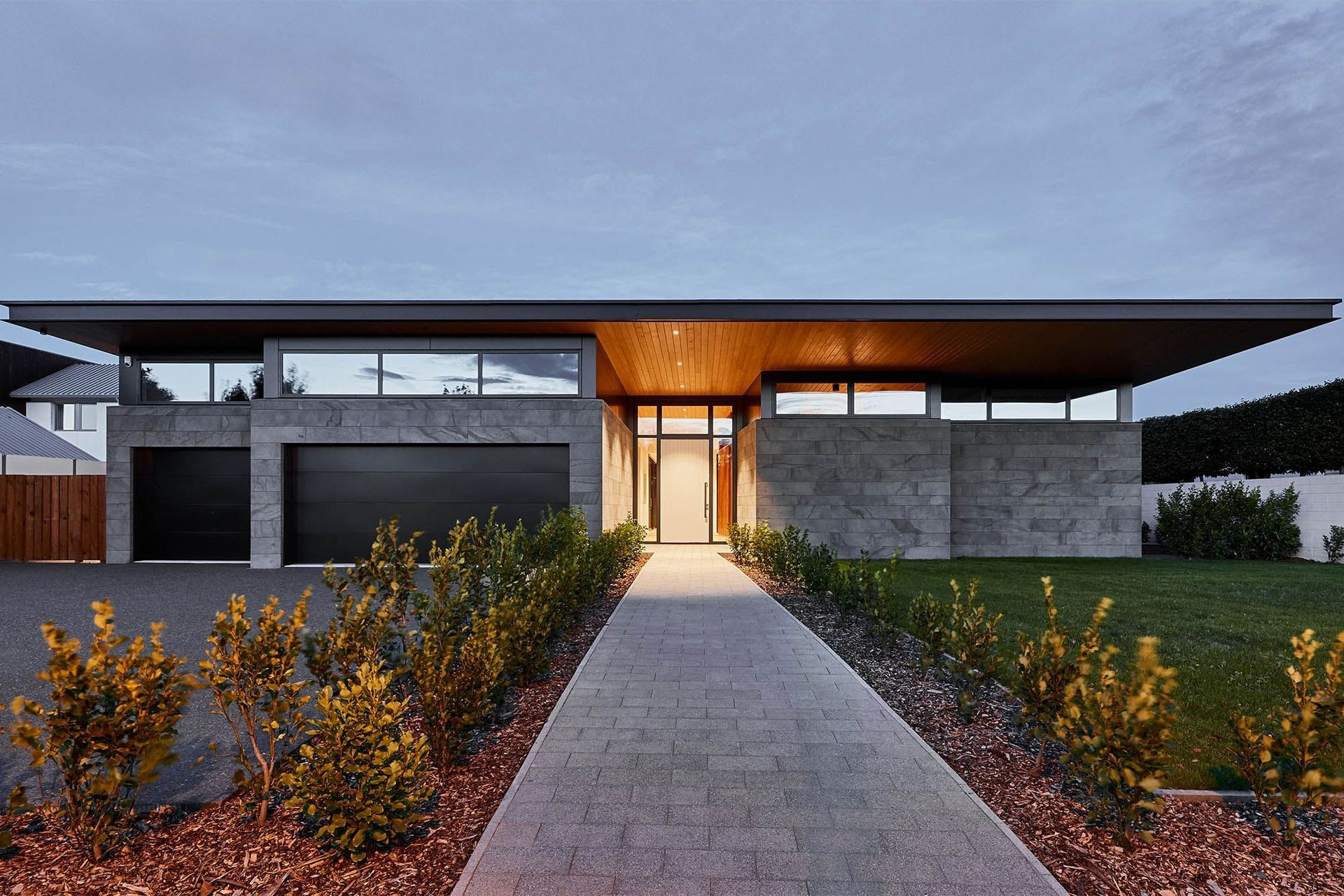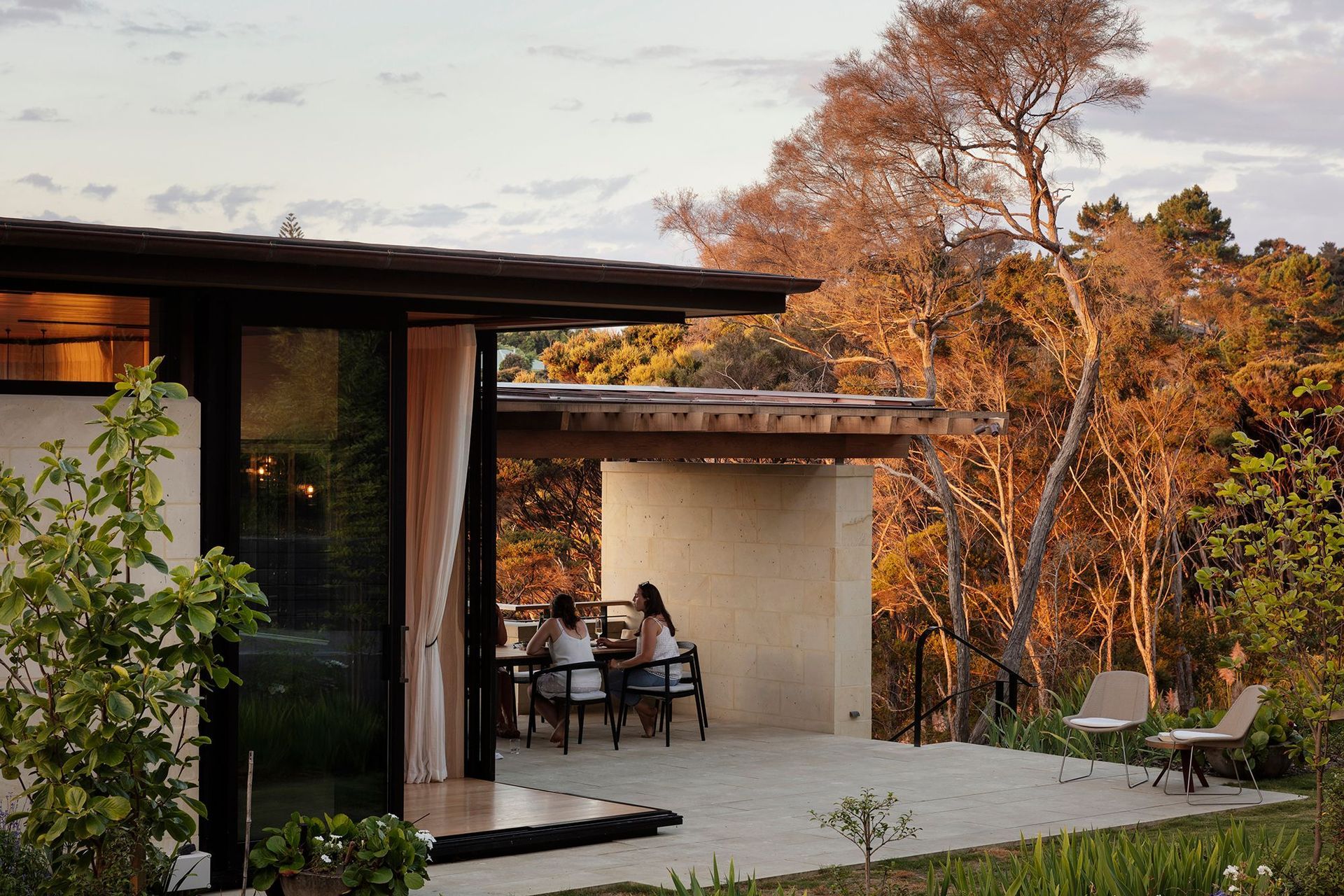Stone cladding: pros and cons, types, costs and more
Written by
01 September 2019
•
8 min read

Natural stones have been used as a cladding material for thousands of years, revered for their extreme durability, long lifespan, unique colour tones and more. However, there are many excellent types of cladding on the market in New Zealand so you want to be sure it's the best choice for you before making that final decision.
The advantages of stone cladding
There are many benefits to choosing natural stone cladding for your home that range from functional and practical to aesthetic and stylistic.
1. Natural appearance
Nothing quite comes close to the look and appearance of natural stone cladding. Its raw texture, dense weight and timelessness instantly enhance a home's kerb appeal.
2. Durability and strength
Stone is a strong, robust and durable material — qualities that make it ideal as cladding, a structural substrate, a feature wall or otherwise. It'll have no problems withstanding New Zealand's weather conditions including harsh rain, wind and UV exposure.
3. Low maintenance and upkeep
For those after a low-maintenance choice, stone cladding makes an ideal solution. Properly installed by experienced stonemasons or builders, it will require minimal maintenance saving you time, money and effort.
4. Insulation
Stone provides thermal mass, absorbing heat during the day which will slowly be released in cooler periods during the evenings. This can help regulate indoor temperatures leading to better energy efficiency in buildings.
5. Increase in property value
Natural stone cladding, while increasing in popularity, is still a fairly rare find in New Zealand which means its presence adds a unique point of difference for a home. This can increase the resale value of a property, leading to a potentially strong return on investment.
Related article: What is cladding? A complete guide
The disadvantages of stone cladding
As with anything, there are some cons of natural stone cladding that should be taken into account before making a final decision. Some of these may be relevant to you while others won't so it's important to think about these in the context of your own situation.
1. High upfront costs
Stone often comes in at a higher cost compared to other materials and might not be the best option where tight budgets are concerned.
2. Heavy material weight
As a dense natural material, stone cladding is also on the heavier side compared to other choices. This has a number of ramifications with respect to cost/transport etc but also requires a strong building structure that can handle the load.
3. Installation time
The installation of natural stone cladding can be highly complex, requiring skilled professionals to do it well. It's a time-consuming job which will inevitably mean higher labour costs.
4. Limited aesthetic choices
While there is a reasonably extensive range of stone types and colours, the look can't be altered much once you've chosen what you're going with. This means you really need to like the look before committing to it fully.
5. Environmental impact
While stone is a natural material, its extraction and transportation can have a significant environmental footprint. It's good to confirm what this is with cladding suppliers if this is a concern for you.
Related article: The pros and cons of metal cladding for New Zealand homes

The different types of stone cladding
In New Zealand, there are several types of stone cladding available, each with its unique traits and qualities to distinguish them from one another.
1. Granite
Granite is a robust and durable stone, that can come in a variety of shades of grey, black, white, brown and more. It is hardwearing and particularly resistant to weathering.
2. Limestone
Limestone has been a popular choice around the world for centuries for its versatility and warm aesthetics. It comes in shades of cream, beige and grey and can be brushed, honed, polished, brushed, or tumbled for different finishes. Needless to say, it offers great longevity.
3. Sandstone
Sandstone is another historically popular choice, renowned for its durability and adaptability. Its colours consist of slightly warmer earth tones like beige, tan, brown, and red. It too comes in a variety of finishes for a customisable look.
4. Slate
Slate is a metamorphic rock derived from shale and comes in shades of grey, black, green, blue, and purple. It is a non-porous material, making it resistant to stains, mould, and mildew, giving it some great low-maintenance traits and it can be easily split into thin, flat sheets, allowing for precise cutting and shaping during installation.
5. Schist
Schist is another metamorphic rock that is popular in architecture and construction due to its admired aesthetics and practical qualities. It has a foliated texture and comes in hues of brown, grey, green, gold, and copper. It is durable, has low water absorption and has a great lifespan.
6. Marble
Marble is one of the more desired natural stone cladding options due to its strength, fire resistance, erosion-resistant qualities – and its undeniable class and beauty.
Related article: Exquisite external house cladding ideas for the modern home

The cost of natural stone cladding in New Zealand
The pricing of natural stone cladding in New Zealand can vary from supplier to supplier, influenced by a number of factors.
1. Type and origin of stone
The type and origin of the stone are big influences when it comes to the overall price that you'll pay. For example, granite is typically a more expensive material than slate or sandstone. Some options are also imported from high-quality sources which can add to the cost.
2. Stone thickness, sealing, treatment and finishes
The thickness of the stone cladding as well as any additional sealing, treatments or finishes applied will usually add to your overall costs. The thicker the cladding, the more of the actual material will be required and the labour and materials used in treatments are also typically passed on.
3. Labour, installation and accessibility
The complexity of the job and the location of the site will all have a big bearing on your budget. The more remote the location and the more ambitious the design, the higher the price you'll need to pay. Generally, installation for natural stone can cost between $130-$250 per square metre.
4. The price you can expect to pay
Pricing can vary for natural stone and is highly dependent on the option you go for. For example, limestone can range from $50-$105 per square metre. Schist, on the other hand, will likely cost you $200 per square metre. You'll also find premium options priced from between $200-$500 per square metre. Suffice to say, you should always get quotes with the latest pricing whenever you're making your plans to avoid any surprises for your project.
Related article: What is the most cost-effective cladding in New Zealand?
Other things to consider before making your choice
On top of all of the above, there are a few other key things you should take into account before making your final choice. Some of this overlaps with the above but it pays to be sure rather than overlook any of these vital points.
1. Think carefully about the aesthetics
The aesthetics are important to stress due to the permanent nature of stone cladding once a project has been completed. It's not the type of option that you can easily change the appearance of so you need to be sure that you like it, in the first instance, but that it also fits with the architectural style of the home as well as the surroundings, natural or otherwise.
2. Consider the weather conditions in your area
The local weather conditions you experience throughout the year should be considered which includes temperature variations, annual rainfall, UV exposure etc. Different types of natural stone cladding react differently to these and in extreme cases, other cladding options may be more appropriate.
3. Double-check rules and regulations
It's important to double-check all the rules and regulations around cladding before proceeding, especially with respect to your local council and the area you live. Some neighbourhoods have specific rules, especially when it comes to architectural design, that may impact what you can and cannot do.
4. Be mindful of its sustainability
These days, we all need to think about sustainability and the environmental impact our projects have directly, or indirectly via the sourcing of materials used. Don't be afraid to ask about the origins of the products you're considering and the way the stone has been extracted to be sure about its eco credentials.
Related article: The advantages and disadvantages of timber cladding
Everything you need to know about natural stone cladding for your home
With the advantages and disadvantages covered as well as the different types, costs and other important factors addressed you now have a great base of knowledge to make a decision. You may be enthused to cover your whole house in natural stone cladding or perhaps just part of it. You might decide that including a few stone feature walls is the better choice on the balance of things or maybe a natural stone wall around the boundary of your property. Whatever you decide, as long as you have been thorough in your process you'll more likely end up with a result that will serve you well for many years to come.
(This article was updated on the 27th November 2024)
Discover an extensive range of high-quality stone cladding solutions on ArchiPro


